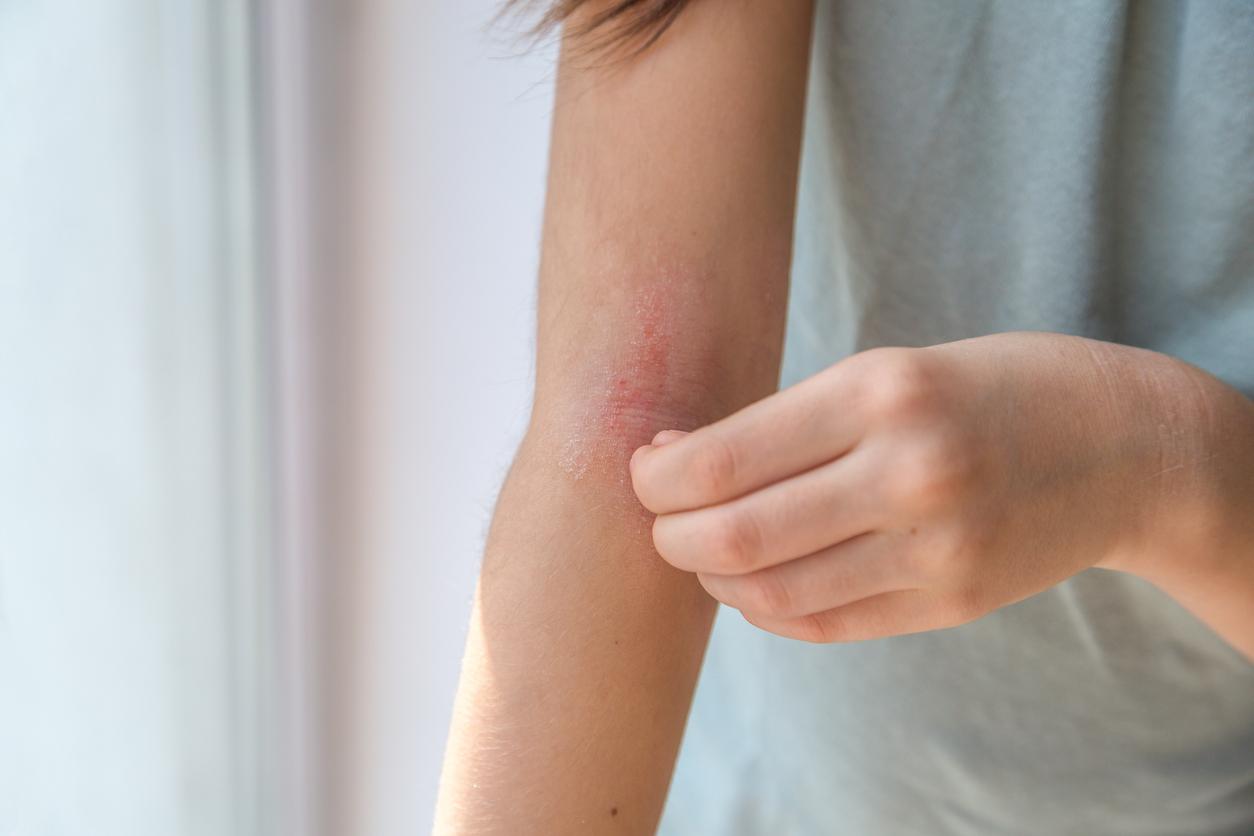What are the consequences of air pollution on the health of adolescents? That’s the question raised in a new study by the American Heart Association. According to their results, fine particles in the air could increase the risk of cardiovascular disease in young people.

- 40,000 people die each year from the consequences of air pollution, according to Public Health France.
- Like adults, adolescents are also exposed to the risks induced by air pollution.
Cardiovascular and respiratory pathologies, lung cancer, reduced life expectancy…. The health consequences of air pollution are manifold. Just like adults, teenagers are not spared the dangers of deteriorating air quality. According to a new study published in the Journal of the American Heart Association, this phenomenon could cause arrhythmias, in other words irregular heartbeats, in young people.
Data from 322 American teenagers studied
During the research, scientists observed the effects of inhaling fine particles (PM2.5) on the heart rate of adolescents. Typically, airborne particles are less than 2.5 microns in size and are associated with burning fuel from car exhaust, factories, or wildfires. Once in the lungs, or even in the bloodstream, these pollutants can irritate the airways as well as the blood vessels around the heart.
The impact of air pollution was assessed on two types of irregular heartbeat:
- IPremature atrial contractions (PAC) which correspond to heartbeats coming from the atria. This heart rhythm is associated with an increased risk of atrial fibrillation, a serious form of arrhythmia;
- premature ventricular contractions (PVC) which result in heartbeats from one of the ventricles. They increase the risk of heart attack, stroke, heart failure or sudden cardiac death.
The impact of pollution on the cardiovascular health of the youngest
For the study, the health data of 322 adolescents with an average age of 17 living in Pennsylvania were analyzed. This information comes from a follow-up evaluation of the Penn State Child Cohort, conducted between 2002 and 2006. At that time, participants were 6 to 12 years old. Seven years later, exposure to fine particles in the air breathed by each teenager had been measured using a nephelometer for 24 hours. The volunteers also had electrocardiograms.
The average PM2.5 concentration measured in the monitoring study was approximately 17 micrograms of particles per cubic meter of air (µg/m3) per day. A rate well below the air quality standard of 35 µg/m3 established by the US Environmental Protection Agency (EPA).
According to the results, an irregular heartbeat was detected in 79% of adolescents during testing by the Penn State Child Cohort follow-up assessment. Within this group, 40% suffered from premature atrial contractions, 12% from premature ventricular contractions and 48% had both types of heart rhythm.
Precautionary measures to protect against poor air quality
“It is alarming that we have been able to observe such a large impact of air pollution on cardiac arrhythmias while air quality remains below health standards set by the EPA. This may suggest that adolescents who live in highly polluted areas such as city centers are at even higher risk”said Fan He, teacher in Public Health Sciences at Penn State College of Medicine (USA) and lead author of the study.
According to researchers, air pollution increases the risk of cardiovascular disease and death in adolescents. “Protective measures, such as wearing masks and stopping physical activities, may be justified on days when the concentration of particles is high, especially during morning rush hours”suggested Fan He.
However, this study has limitations. The scientists, for example, were unable to assess the effects of air pollution on different subtypes of premature ventricular contractions.















